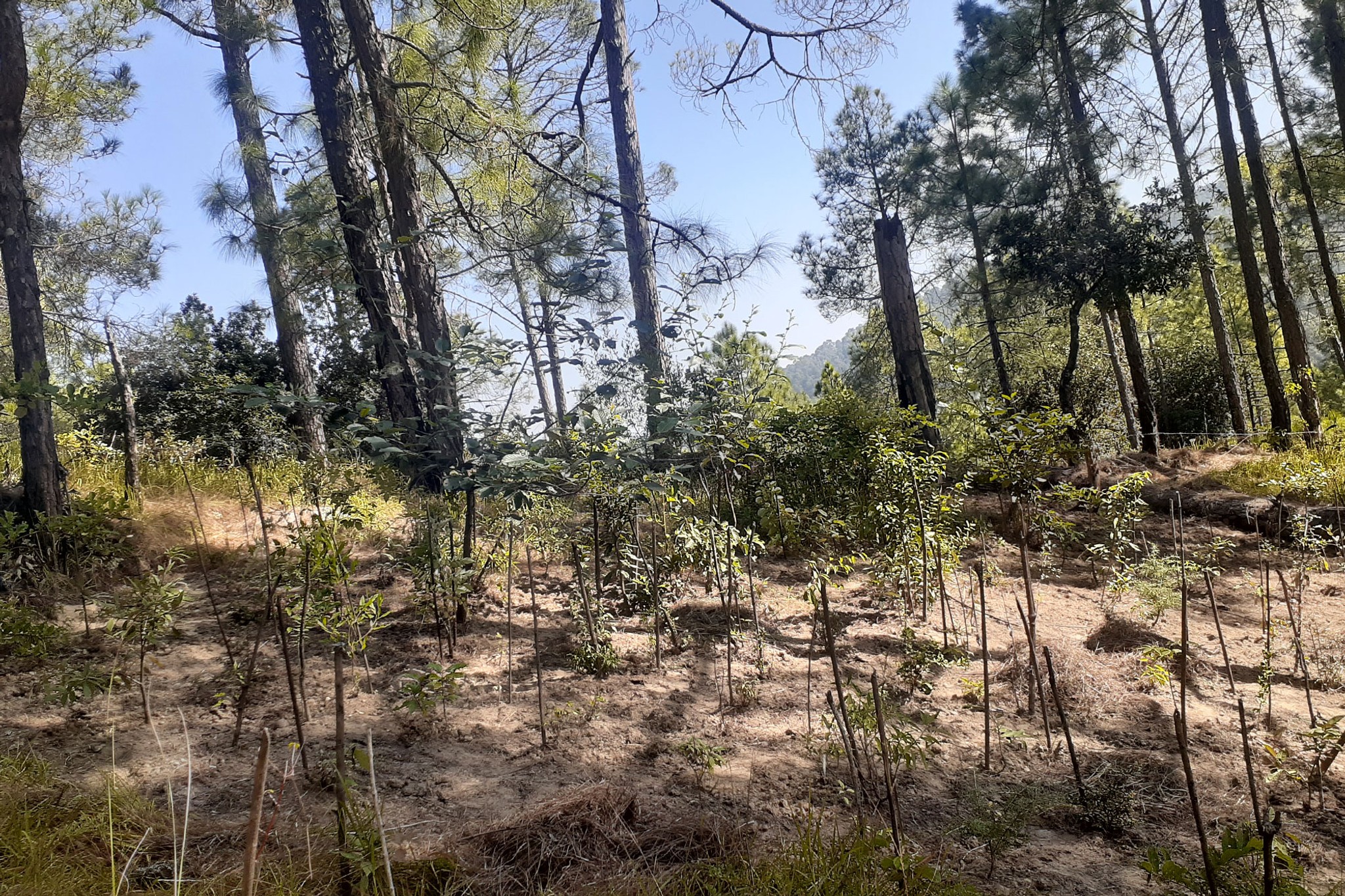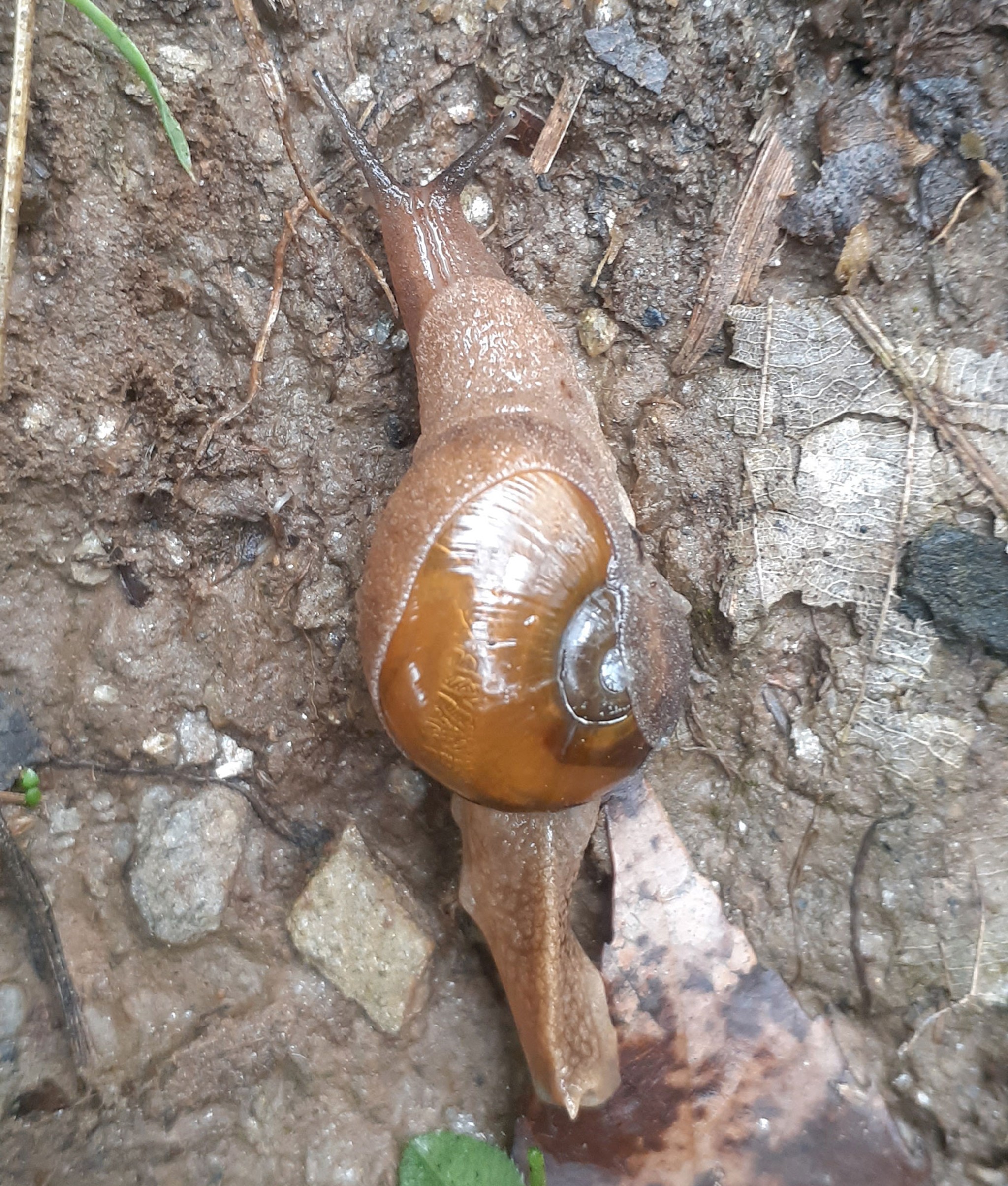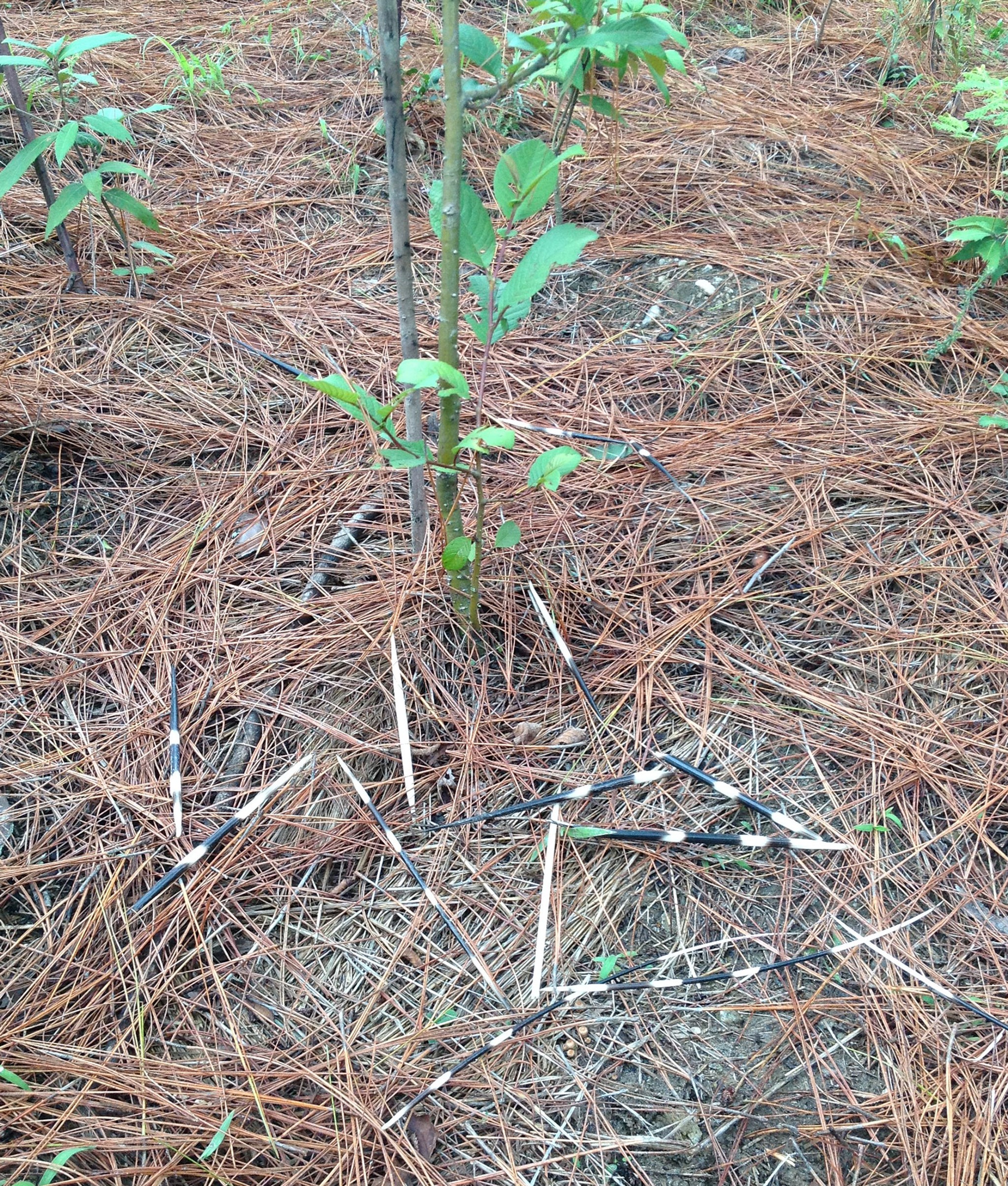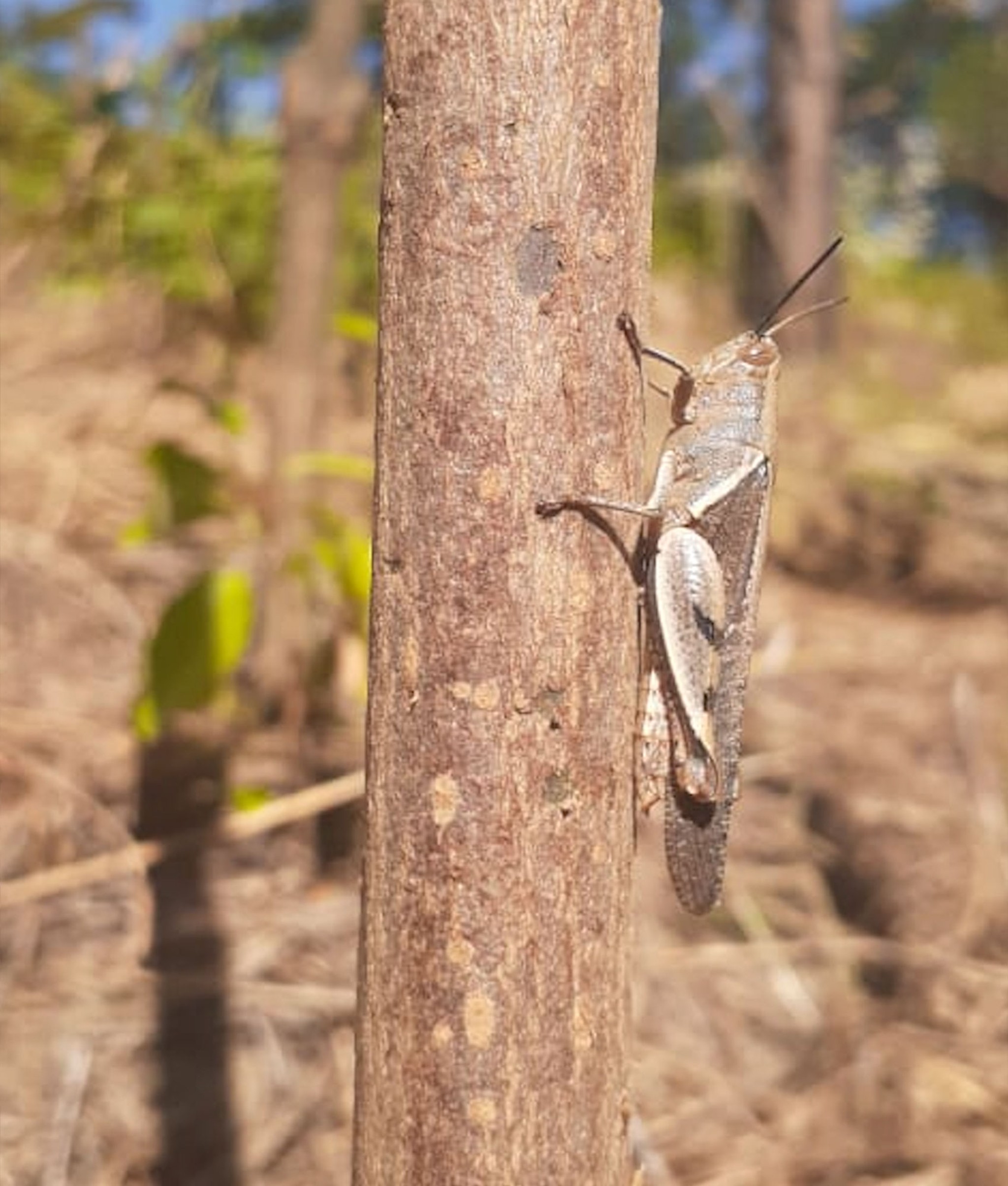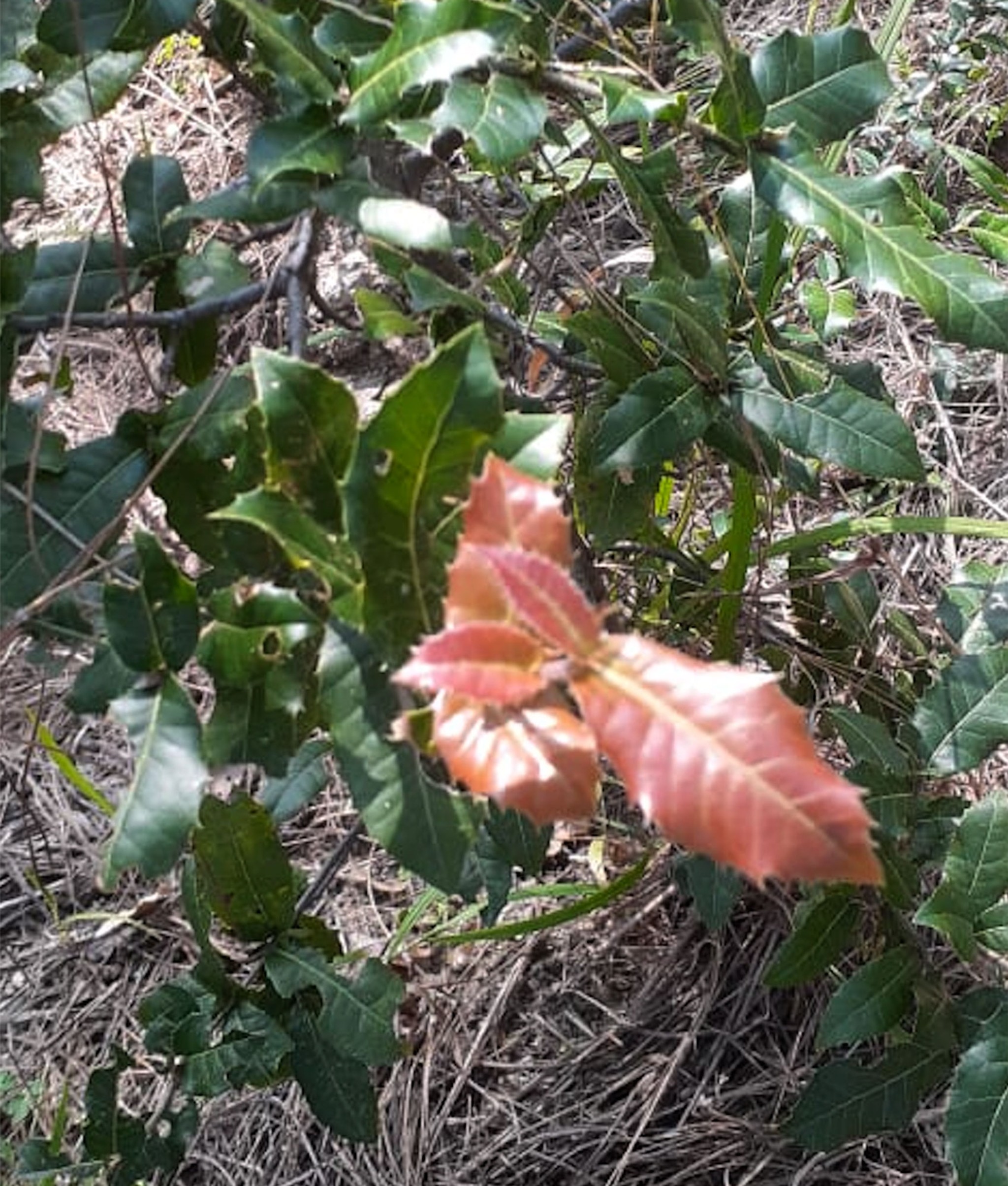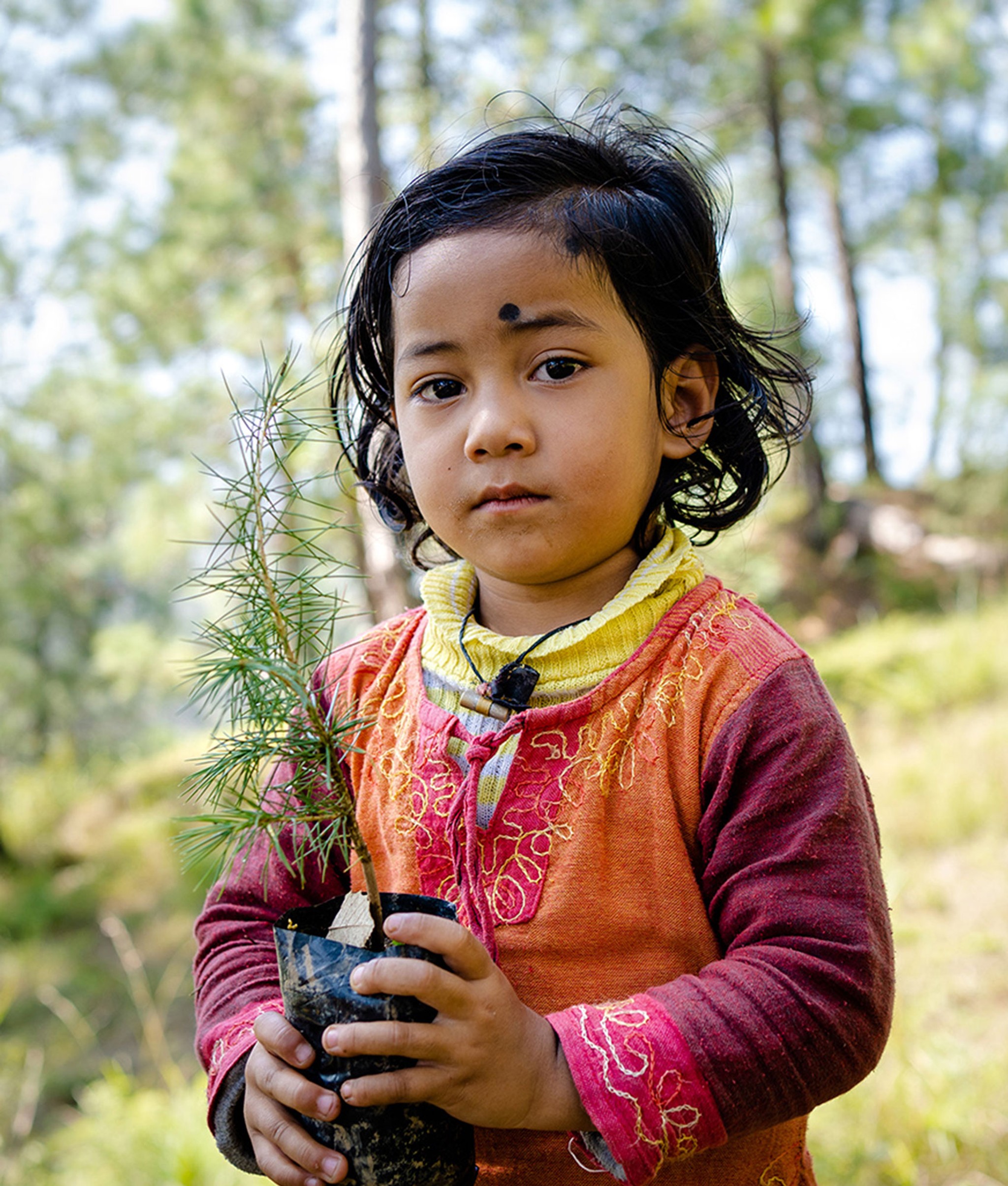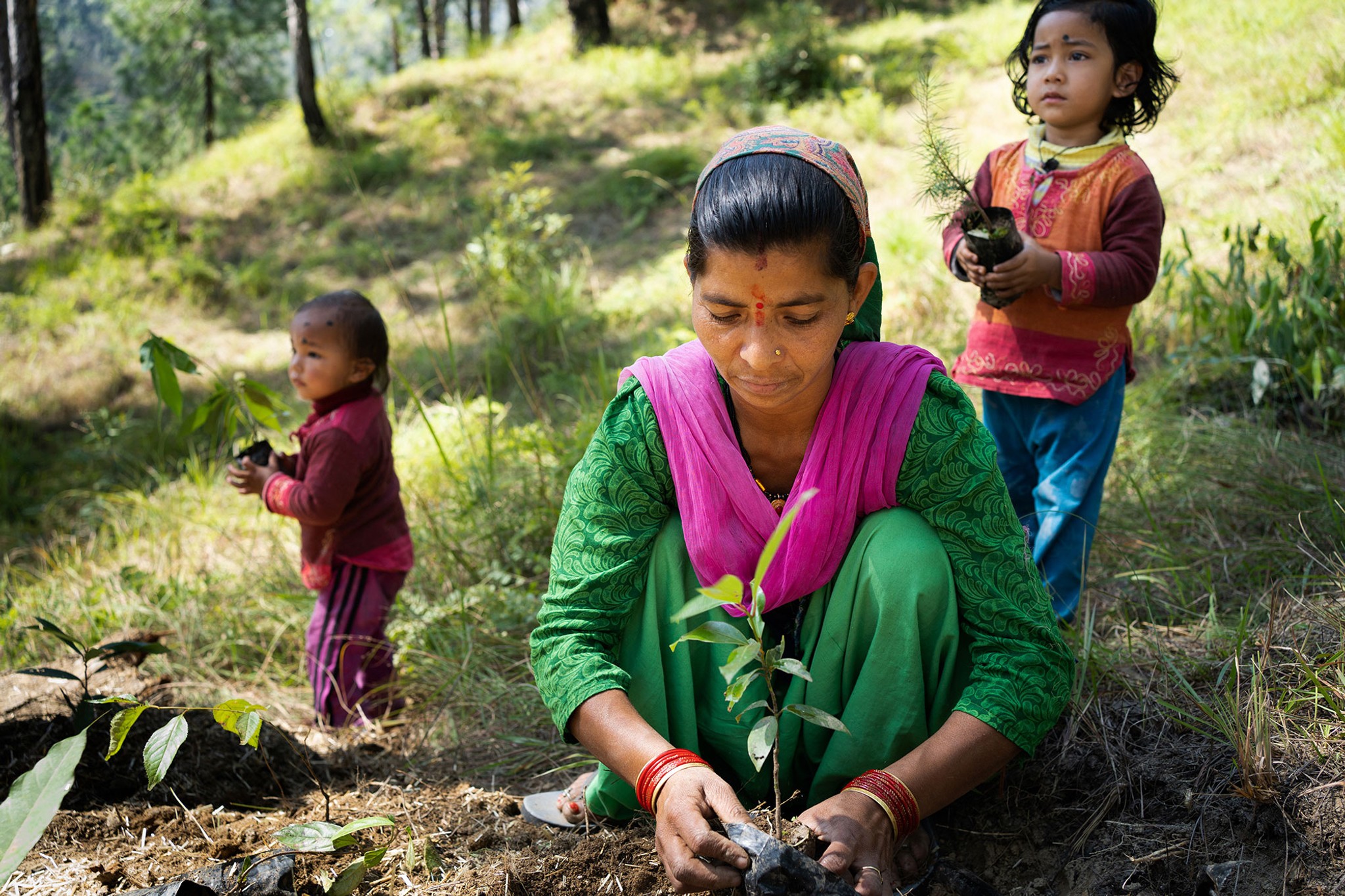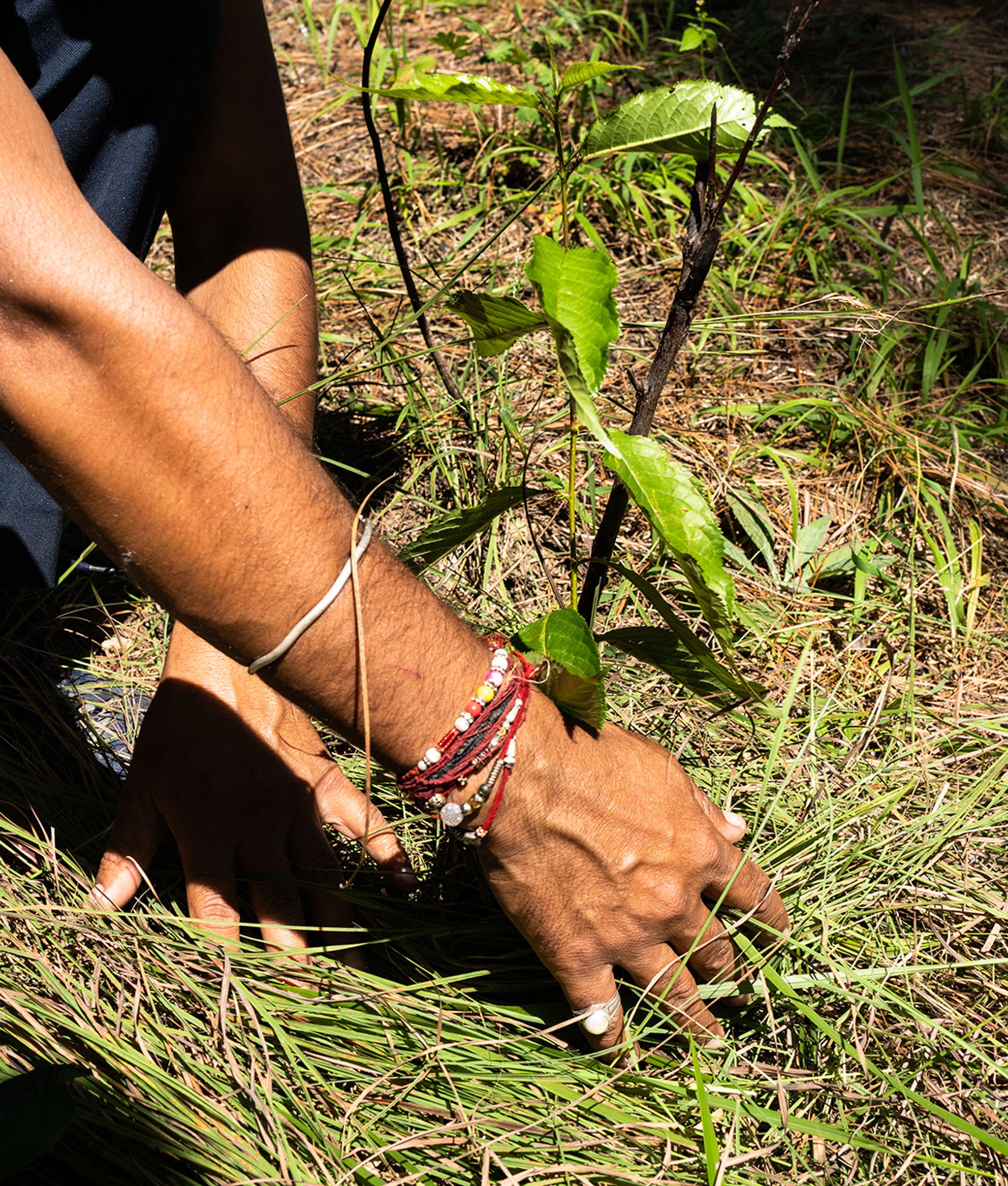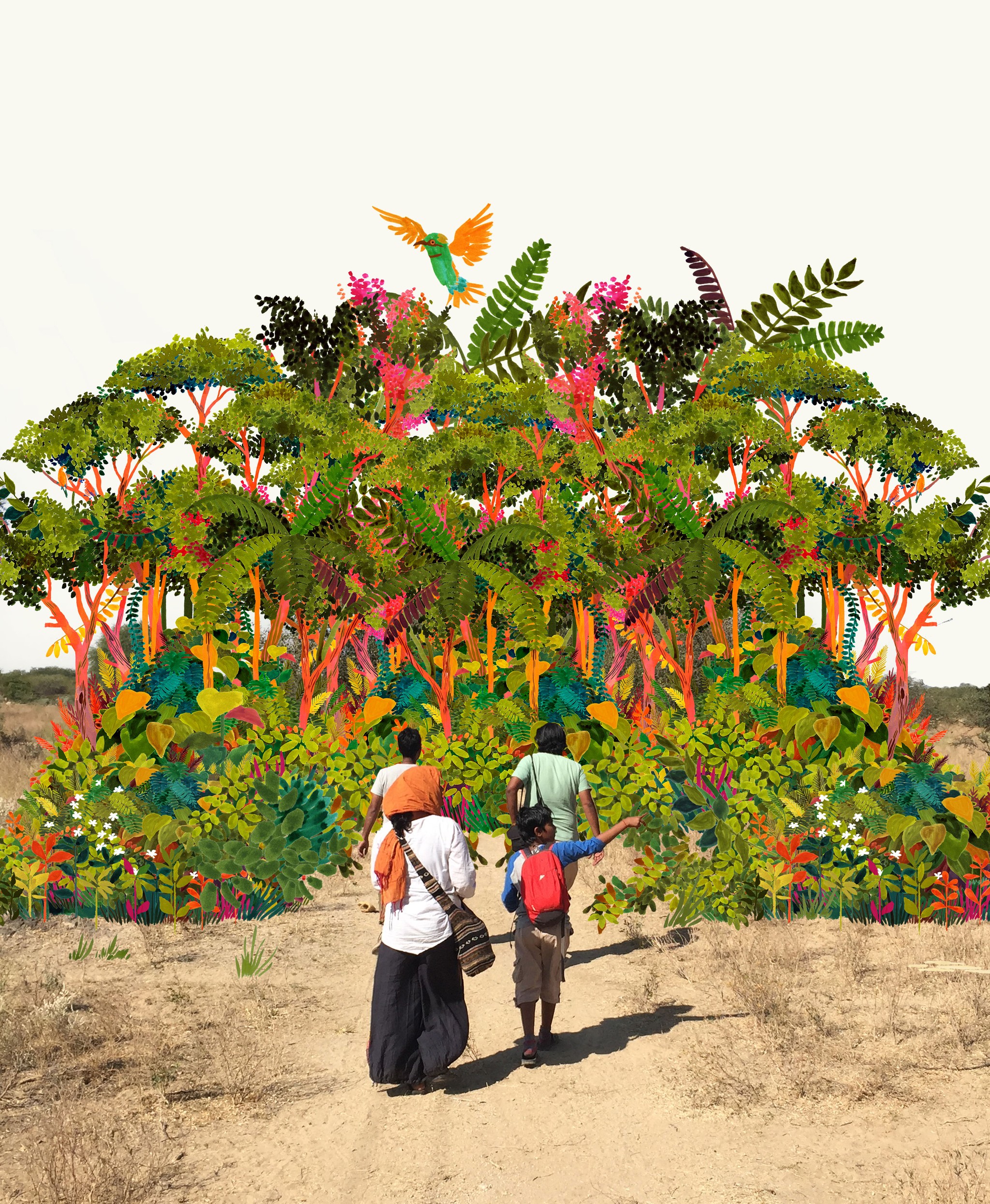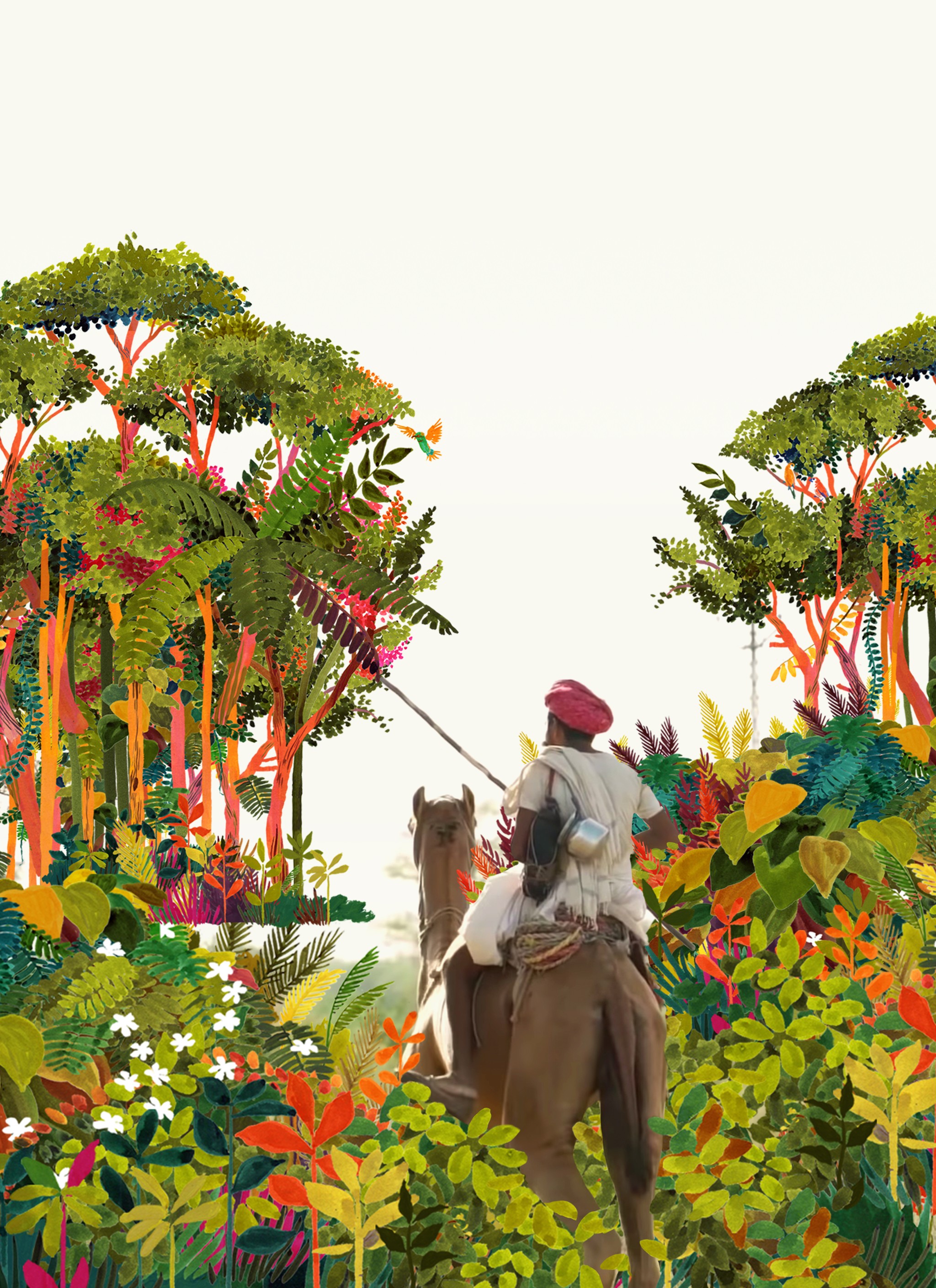Community Forest
Reviving a Himalayan Forest in Uttarakhand.

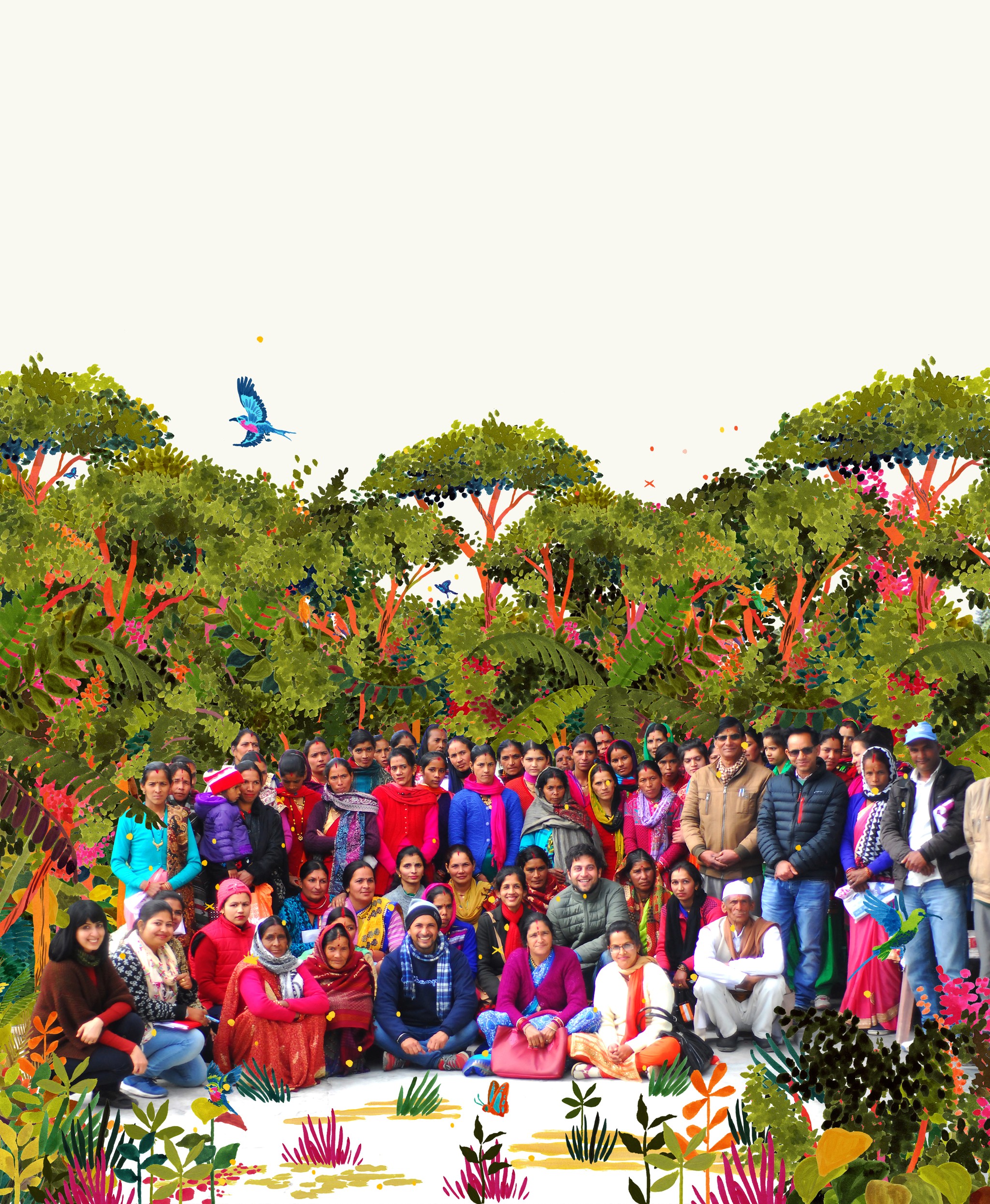
0
Trees
0
Square Meters
0
Native Species
On behalf of the community, we have planted a multi-layered, native forest on rural common land in Village Satoli, Uttarakhand, North India.
These common lands are an integral part of rural mountain life and a major source of fuel and fodder for these communities.
By reviving these degraded rural commons, we are able to add real value to the region by securing the basic livelihoods of local people and reviving native biodiversity.
Forest Maker
Sheeba Sen


“We are securing basic livelihoods of locals and reviving native biodiversity.”
Sheeba Sen, SUGi Forest Maker
Forest Report: 2023
0 Years
Forest Age
0%
Survival Rate
0m
Tallest Tree
Again this year, the survival and growth rate of this forest is good, although it is not yet self-sustaining as it has required a little watering.
This forest has really brought the local people together. Not only is the community overjoyed to see the restoration of native forest, but more significantly, the forest has become a source of regular employment, particularly for local women. In an area where income opportunities for women are limited, this project stands out as one of several initiatives enabling women to earn a fair wage and support their families.
There has been a notable increase in biodiversity within the forest ecosystem, as wildlife is thriving here.
Forest Report: 2022
0 Months
Forest Age
0%
Survival Rate
0m
Tallest Tree
Survival rate is good for this pocket forest and growth rate is steady. The forest has only been watered through natural rains, except for the week of the planting of the forest when it was watered every day. This approach has shown to be a more sustainable way of growing these forests in remote locations and generates an excellent survival rate.
The community impacts of this forest have been significant. Local people are also appreciative of the restoration of native forest but perhaps more importantly, the forest is providing regular employment, in particular for local women. There are few means of making an income for women locally, but this project is among several through which women can earn a fair wage and support their families. They are involved in preparing the land for the forest, planting and unloading saplings, while some women are earning by selling good organic manure, dry grass and sticks. Our next steps will be to invest in de-centralised native species nurseries that women nurture in their own farms close by. Saplings would be sourced from here going forward.
Alongside unidentified species of earthworm and grasshoppers, a dung beetle (species unknown) has been seen in the pocket forest. This is very special for us - this forest was planted in the middle of an old monoculture pine plantation. These pine forests are a colonial legacy and are an invasive species at the altitude where we are working. They are very silent forests and have next to no animal or insect activity. The dung beetle, in particular, finds its way into moist and active soils, so it was a moment of pride when we spotted this beetle!
Orange oak leaves were seen sprouting just before the autumn; the Himalayan oak (Quercus lanata) is the dominant species of Central Himalayan forests. When they thrive, it is an indication that the whole forest is thriving.
Planting: October 2021



